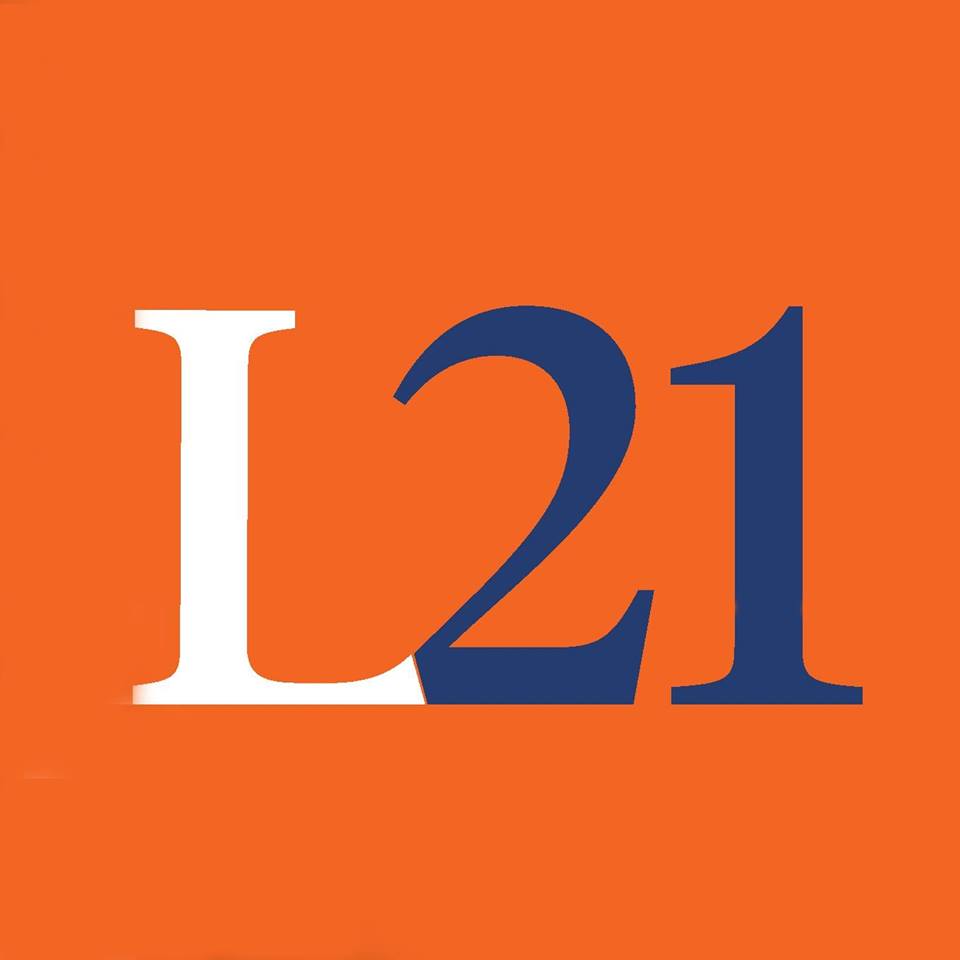After having remained almost unchanged since 1996, from 2002 until the financial crisis of 2008, the Gini index, which is the main indicator used to measure inequality, fell 4 percentage points in Latin America. The index ranges from 0 to 1, where 0 represents perfect equality (0%) and 1 total inequality (100%). The index fell a further 2.7 percentage points between 2008 and 2014 due to less robust growth.
In the period between 2002 and 2008, the reduction in inequality was significant in all countries except Mexico, according to the report Social Pulse in Latin America and the Caribbean 2016: Realities and Perspectives from the Inter-American Development Bank (IDB). Countries such as Argentina, Bolivia, Ecuador, Peru and Nicaragua presented drops of nearly 10 percentage points in the Gini. At the opposite extreme, Costa Rica, Colombia and the Dominican Republic saw the lowest reductions. In the period between 2008 and 2014, inequality continued to decline in all countries except for Venezuela and Costa Rica.

Click here to open a larger version
Three factors were responsible for the improved distribution in 14 countries between 2000 and 2010, according to a study cited in the report. The main factor was that the labor-related income of the poorest workers increased more than others, probably due to the increase in minimum wages. The second factor was the increase in transfers to households, primarily from targeted social programs and also from pensions. The third factor was actually a demographic change, due to more working-age people in the household and fewer children.
The reduction in inequality and poverty in Latin America resulted in an increase in the middle class that almost doubled, from 100 to 186 million people. The number of poor, on the other hand, fell by almost a third, dropping from 224 million to 157 million, while the vulnerable group, those who fall somewhere in the middle, increased by 57 million. After this period of progress, the middle class became the predominant class in 5 countries, while the poor predominated in only 3, with the vulnerable group representing the largest in the rest of the countries. From these changes, it can be deduced that the poor who became vulnerable equate to the vulnerable who became middle class, therefore social mobility in the region occurred in an ascending and orderly manner.
The main characteristic of the new members of the middle class is their formal employment; two out of every three workers in this group are registered with social security, four times more than the poor. However, while in countries like Costa Rica and Uruguay formal workers account for more than 80% of total workers, in Bolivia, Paraguay and Peru, middle-class workers with formal employment make up less than 40%.
These changes in the structure of Latin American societies mean that Latin America ceased to be a region of poor majorities in 2008, and, “in the context of today’s complex global political and economic climates, we could say that Latin America has achieved relative harmony,” according to the IDB report. Over the past 20 years, the region has experienced a generalized increase in household incomes, infant mortality has fallen by 65%, access to primary education has practically become universal, and improvements in the quality of life have increased the average lifespan by 8 years since 1990.
Despite general improvements, particularly in the distribution of wealth, Latin America and the Caribbean remains the most unequal region in the world. In fact, 11 of the 20 most unequal countries in the world are in the region. According to the Gini index, the region’s average is 4 percentage points higher than that of Africa, 11 higher than China and 16 more than the indices of Europe and Central Asia. In addition, since 2014 the economic context in the region has no longer been the same, and most countries face a much tougher macroeconomic environment than that of the previous decade, with less economic growth. If this deceleration were to be translated into social cuts, the gains made in the last decades could be put at risk.
*Guest blog post from Latinoamerica21.
 Jeronimo Giorgi, a Uruguayan journalist dedicated to international issues, is pursuing a master’s degree in Latin American Studies. He has collaborated with various media outlets in Latin America and Europe, and has received distinctions such as the Premio Rey de España for Journalism.
Jeronimo Giorgi, a Uruguayan journalist dedicated to international issues, is pursuing a master’s degree in Latin American Studies. He has collaborated with various media outlets in Latin America and Europe, and has received distinctions such as the Premio Rey de España for Journalism.
Latinoamerica21 is a blog about current economic, political and social topics in Latin America that is currently published within the newspaper El Observador de Uruguay and will soon be published in other media outlets within the region. The original version of this blog post is available in Spanish: América Latina es más equitativa, pero sigue siendo la región más desigual del mundo
Follow Latinoamerica21 on Facebook and Twitter.
*Guest blog posts do not reflect the views of FocusEconomics.
Sample Report
5-year economic forecasts on 30+ economic indicators for 127 countries & 33 commodities.